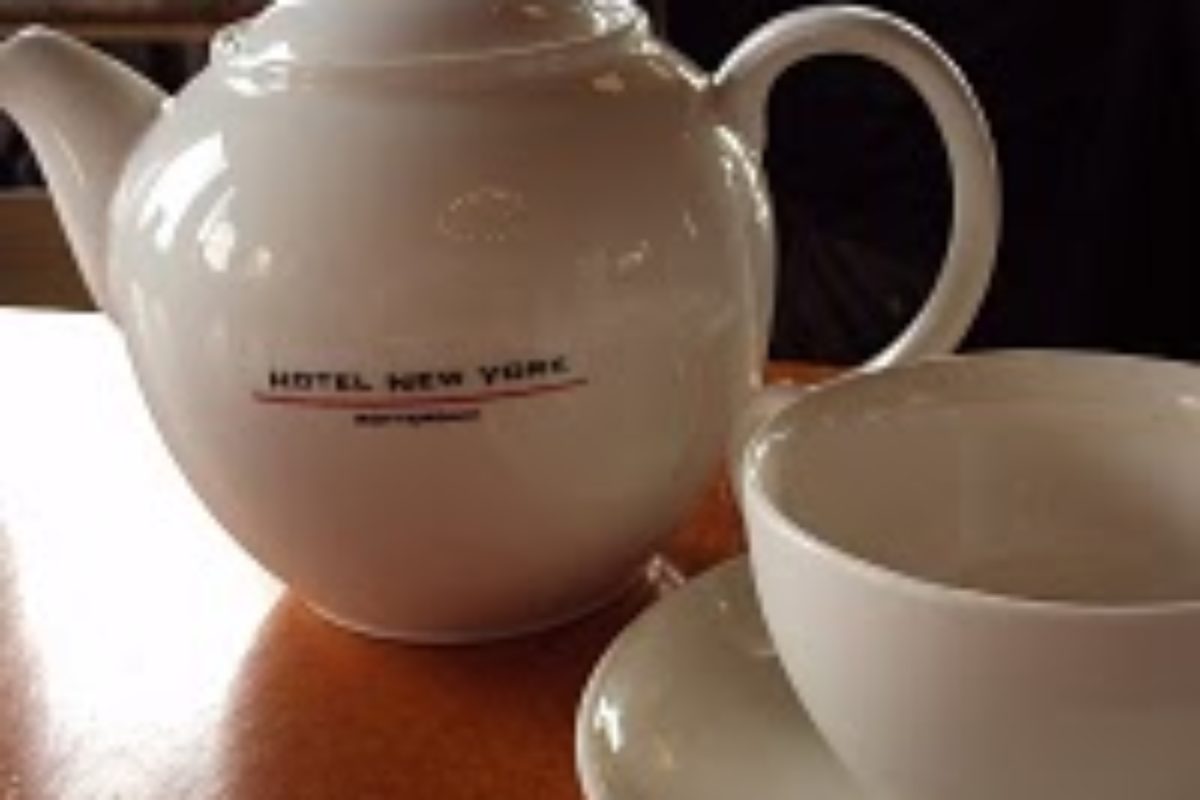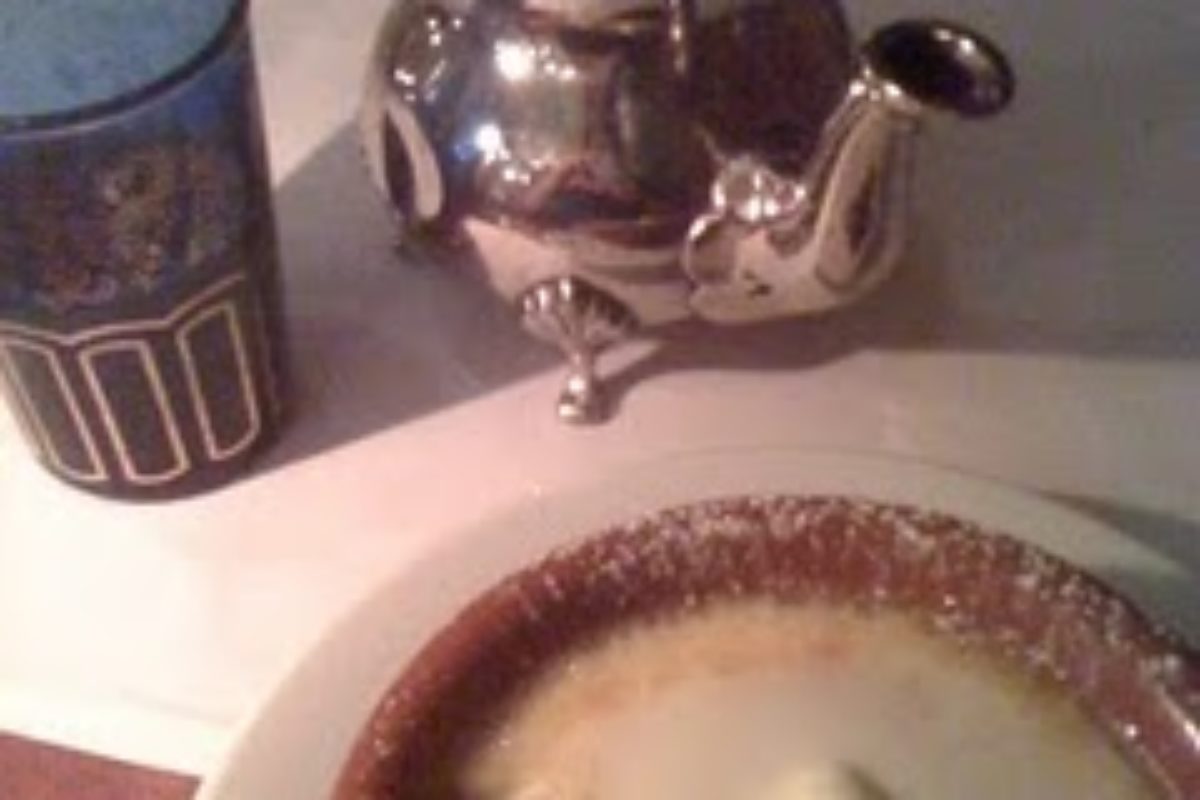
Walking Through Water: The Moses Bridge
In the early 17th century, Maurice of Nassau had an idea. He proposed a series of water based defences that when combined together with natural bodies of water would have the ability to transform the economic heartland of the Dutch Republic (i.e. the province of Holland) into an (almost) island.
It was a smart idea – one which was fully completed by his half-brother, Frederick Henry. The original Dutch Water Line ran from the Zuiderzee, now known as the Ijsselmeer, down to the river with fortified towns dotted along the line. The water was always just deep enough to cause a hindrance to enemies who might be trying to pass through on foot but deep enough that boats couldn’t be used to breach the defence.
Over the years the water line has changed from its original form to a more modernised version after the United Kingdom of the Netherlands was formed and then again after World War II, until it was dismantled by the government in 1963.
Nowadays the water line has become known for its natural beauty. A number of the old forts are open for bikers and hikers, who frequent the paths, to stay the night and some of the former fort areas have been renovated in an attempt to preserve what once was.
One such location is Fort de Roovere, in Halsteren. This was the largest fort on the West Brabant portion of the water line. The fort was surrounded by a defensive moat – good for keeping enemies out but not so good for letting visitors in. Therefore, an extra element needed to be added to allow visitors to cross the water. But when someone goes to so much trouble to keep enemies away; it seems a bit disrespectful to mock the effort by building a bridge over the water, letting everyone in.
And that is where the architects Ro&Ad came in. Their sunken bridge design means that the only thing you might see bobbing across the moat are the tops of visitors’ heads and it is this appearance of walking through water that gives the bridge its nickname – the Moses Bridge.
The ‘invisible’ bridge, which really does throw you an optical illusion when standing at the top, is built from Accoya wood sheet piling with hardwood deck/stairs in-between. The water, which comes to the top of the bridge, calls out an invitation for you to tap your finger along the surface as you cross.
Heather Tucker
Heather is a writer, photographer and explorer of the world with bylines in Porthole Cruise Magazine, Taste&Travel International, Holland.com, and ACCESS Magazine, amongst others. She is addicted to pen, paper, hotels, organisation and hippos. In addition to Cloggie Central, you can find her over at Travel Gluttons.













Neat story. Didn't know about this. Thanks for sharing
You're welcome. :)